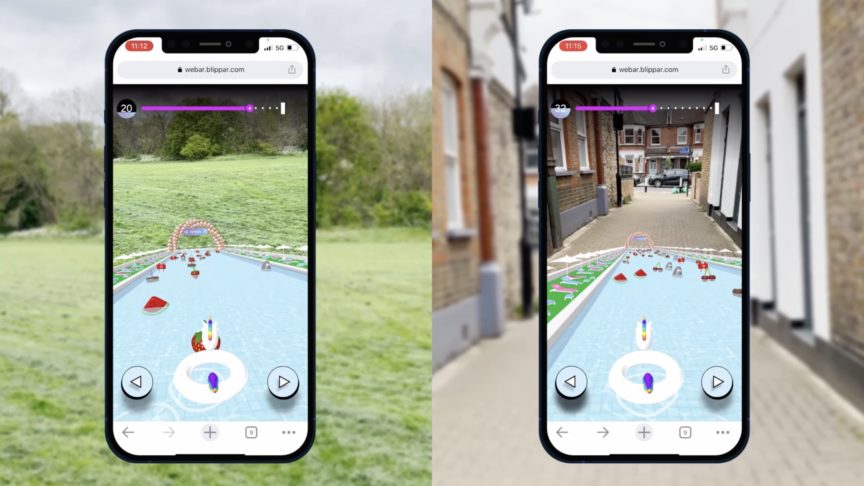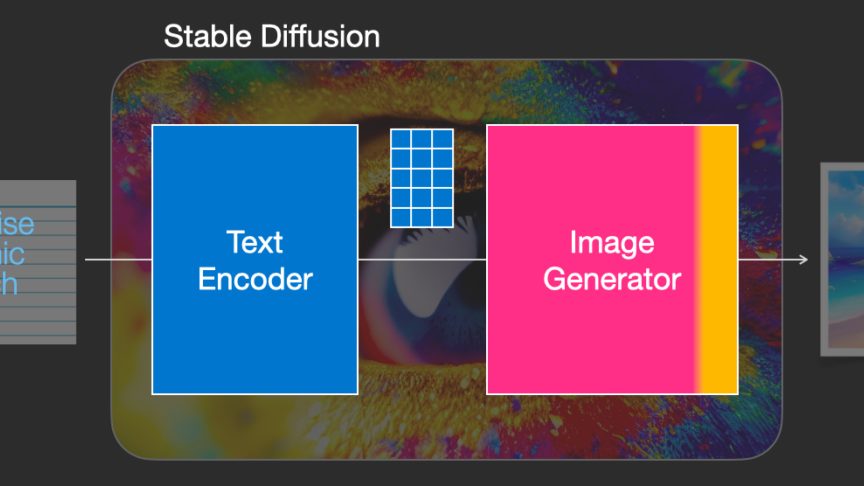So far in 2017, CNN reports 5,300 stores have closed in the US which is nearly as many as in 2008, following the financial crisis1. Meanwhile, throughout 2016, retail only saw a 1.4% revenue increase versus a 10.1% rise in ecommerce2, according to a PWC report. The retail industry is clearly under a lot of pressure to adapt. Across the world, retailers are testing new ideas and concepts to adopt omni-channel strategies. AR, for example, can bring lots of value to physical retail by bridging physical and digital. Augmented reality is not just a new thing that can bring innovation in store for innovation’s sake - AR can bring real ROI to stores -- there are five key ways it can do this...
News Entries
August 23, 2017
News Entries
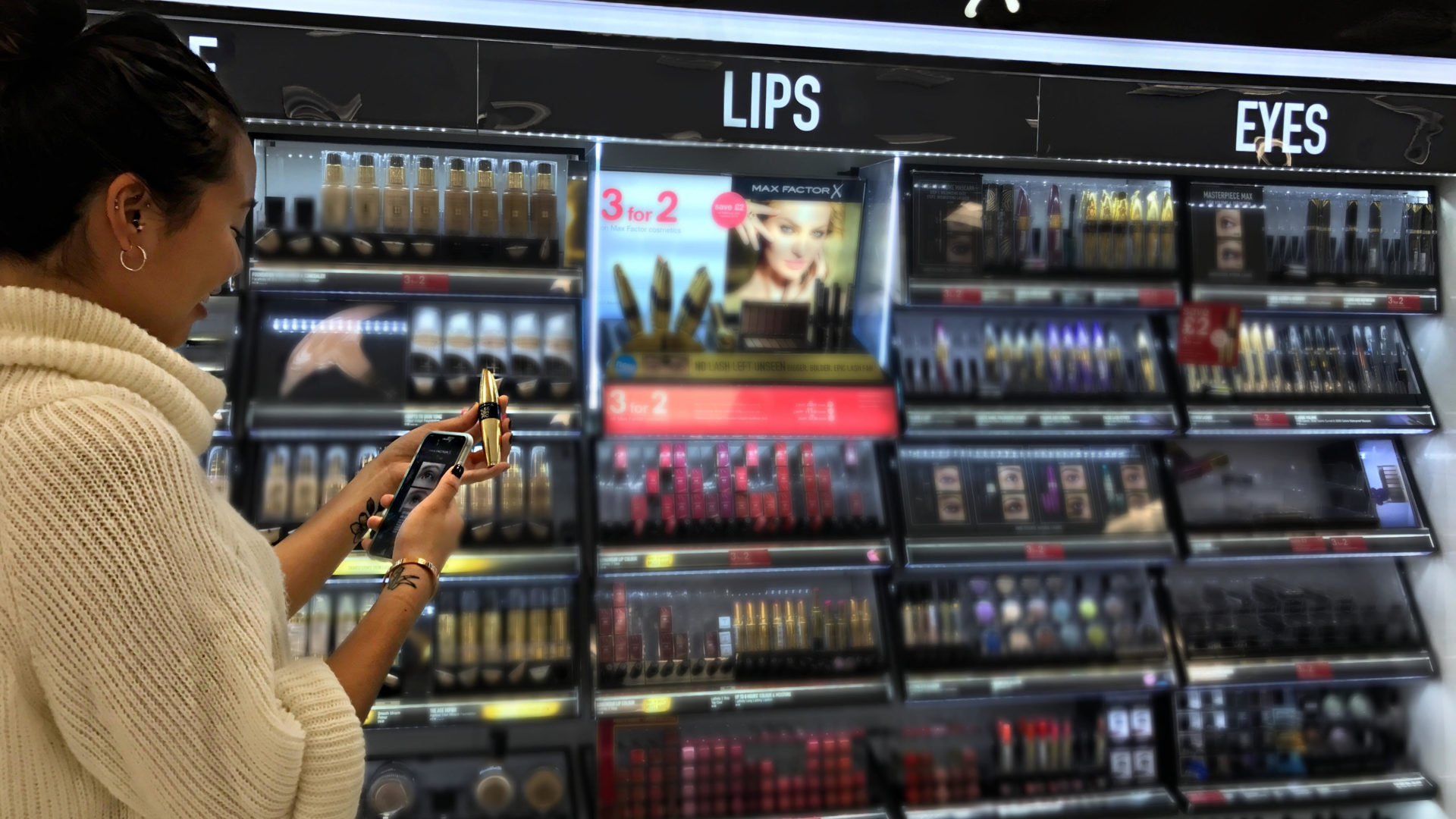
1. Bring all physical communications to life
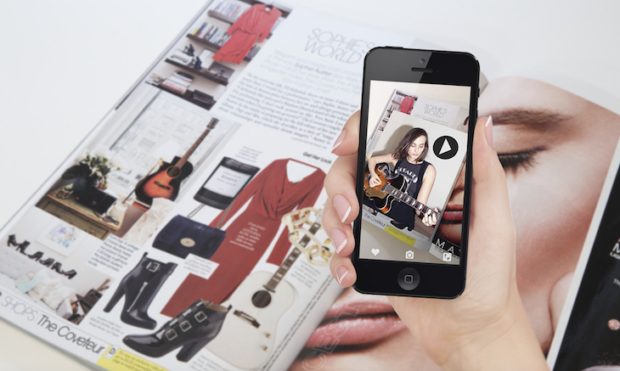
Despite the huge growth in digital communications retailers are still large scale printers of catalogues and leaflets. These communication channels have proved their efficiency - for example Sage reports that 45% of people say catalogues stimulate their interest in a company’s products, and almost 90% have bought an item after first seeing it in a catalogue3. However, physical communication face lots of limitations: volume of information available, non dynamic pages and the attention span of shoppers. Augmented reality, however, can transform the pages of a catalogue into an omnichannel experience. By adding AR to a page or a product image, you can add a digital layer: pictures, videos, colour variants, associated products and promotional information, all dynamically. And of course, AR can enable a direct purchase by adding a "Buy Now" button to the catalogue and directly drive ROI from paper-based communications. Adding AR will also provide detailed data that will enable retailers to track readers’ interests and other useful insights.
2. Provide expertise and advice in store
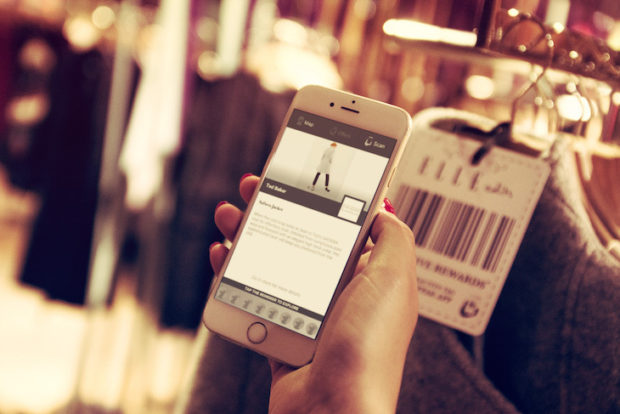
Physical stores are no longer the go-to destination for expert product advice, people are now more likely to trust information they find online. For example, BrightLocal.com states that 84% of people trust online reviews as much as a personal recommendations4. This is exacerbated by the declining numbers of shop assistants to help in physicals stores5. However, by using augmented reality shoppers can access assistance directly from a product -- with access to product information, ratings, reviews, complementary products and similar items while in the store.
For example, Blippar has partnered with SGS and Transparency One to provide detailed product information on Mars products accessed by scanning the products. Read more about it here.
3. Link physical stores to online stores
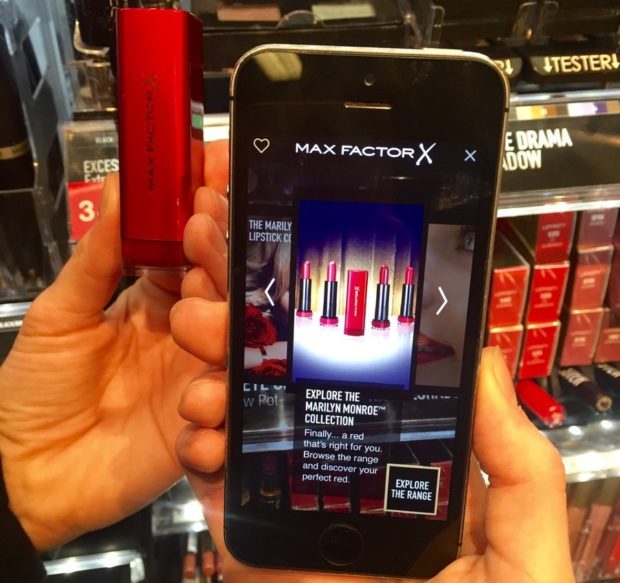
All retailers are developing omnichannel strategies, but there continues to be a huge gap between the physical and digital worlds. Some stores are trying to fill this gap by providing iPads in store but this solution is limited and not really customer friendly as the customer needs to leave the relevant aisle and head to the digital post for each product query. Whereas augmented reality can provide shoppers with direct access to the online product info and give them the opportunity to add the product to a shopping list or order related products in different colors or sizes for example. AR bridges the physical and digital worlds making life much easier for shoppers.
For more than 2 years, Blippar has partnered with Max Factor, to enable shoppers to scan any of its cosmetic products using the Blippar app and access advice on picking your perfect shade, how to use the product effectively, and prompts to buy additional products to complete the look. Read more about it here.
4. Animate in-store POS
The key objective of point of sale materials is to push products on behalf of brands and increase sales. Retailers have tried many technologies to make POS stand out more - from LED panels to interactive screens. But none of these solutions are easily scalable to be replicated across all retail stores. AR is easily scalable though, it enables retailers to transform any POS into the most amazing, interactive and engaging experience. Augmented reality transforms generic POS into innovative, easily updatable and interactive messaging.

In December 2016, Blippar augmented the tray liners in McDonald’s UK and made them into a fun interactive advent calendar.
5. Enhance the in store experience
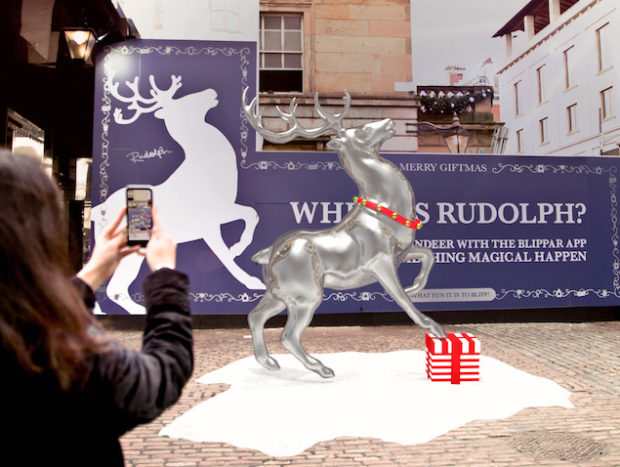
Retailers need to bring the fun back to the shopping experience and inspire shoppers to return. As Rachel Shechtman, famous brand consultant whose clients include Gap and the beauty empire Bliss said: "I don't think in terms of sales per square foot. I think in terms of experience per square foot"6. AR can enhance experiences across the shopping floors without the need for many physical changes. In addition, experiences can be personal to each shopper (based on their profile) and can be updated regularly without any massive cost. From treasure hunts, to augmented POS, Blippar has enhanced in-store experiences for many years with proven results.
In December 2016, Blippar developed the first AR Experiential Retail Estate in Covent Garden in London, UK, working with CAPCO and Hearst Magazines. Watch the activation come to life:
We’ve delivered thousands of augmented reality campaigns since 2011 and have vast experience in helping brands increase sales and engagement within retail stores as well as at home to drive repeat usage. The insights gained from these campaigns defines our successful approach to how augmented reality can enhance omnichannel strategies for retailers and brands. Get in touch to discuss how AR can work for you!
1http://money.cnn.com/2017/06/23/news/companies/store-closings/index.html
2https://www.pwc.com/gx/en/industries/retail-consumer/total-retail.html
3http://www.sageworld.com/blog/index.php/2016/12/29/why-print-catalogs-are-as-relevant-as-ever/
4https://www.brightlocal.com/learn/local-consumer-review-survey/
5http://money.cnn.com/2017/06/23/news/companies/store-closings/index.html /
6http://www.elle.com/fashion/shopping/a41193/shopping-state-feature/

